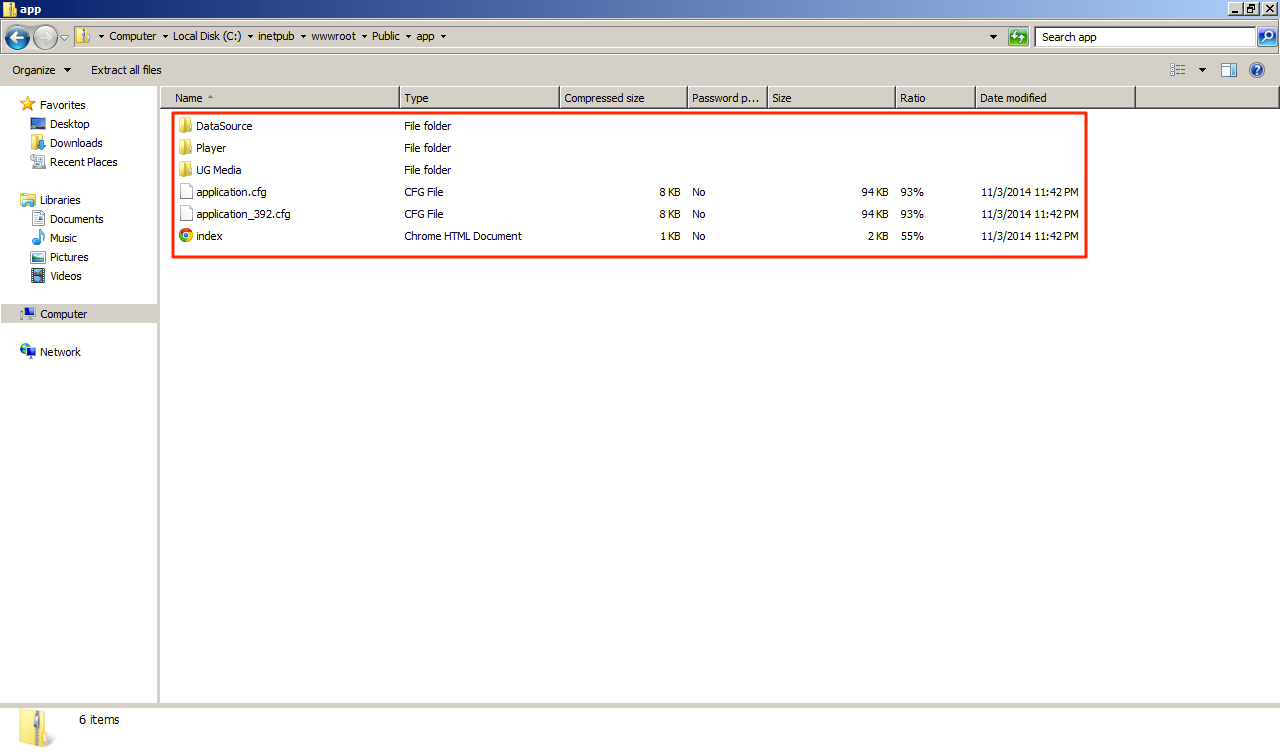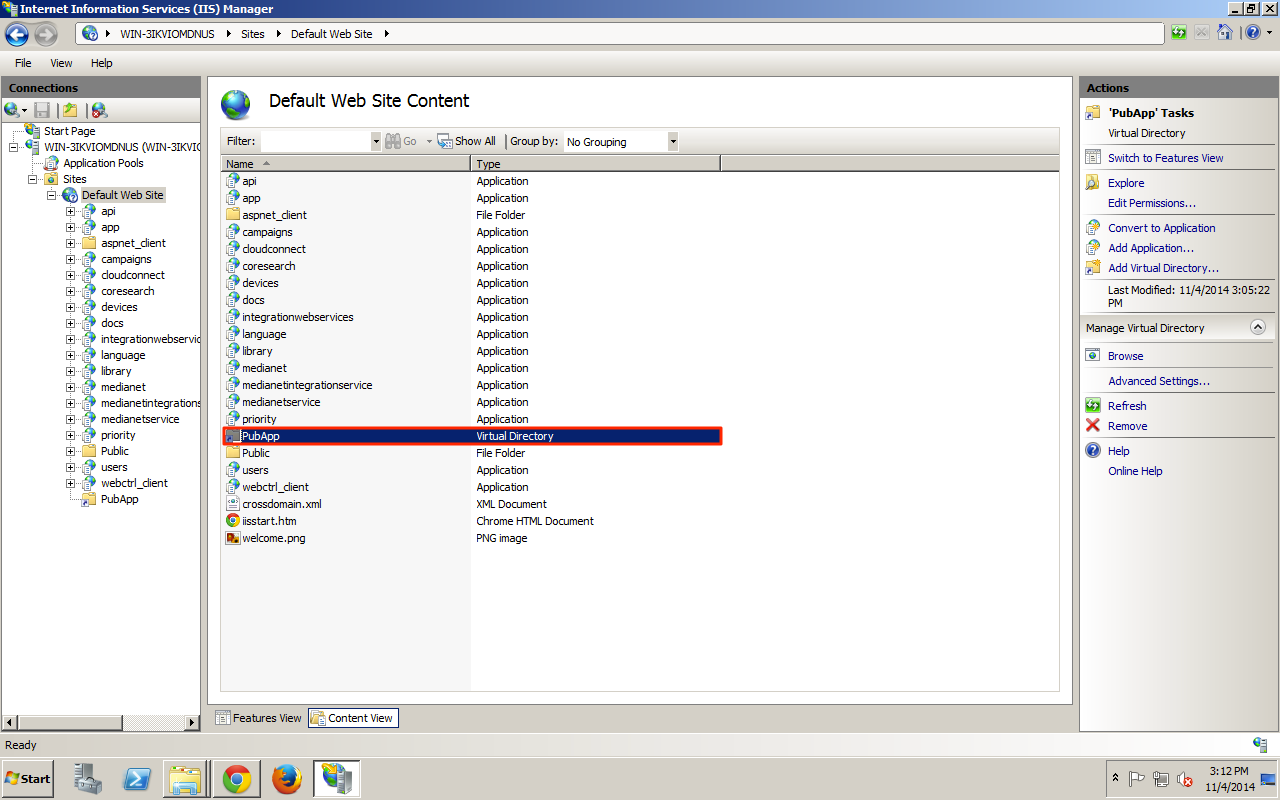Enable public access URL in advanced channel
A public sign is mapped to a static URL and the sign saving function in Signs includes the HTML bootstrap into the app package, making it completely standalone and can now be hosted independently with all functionality intact.
This article provides the instructions to enable a sign for public view.
- Enabling Public Signs
- Viewing a Public Sign
- Disabling Public Signs
- Deploying Public Signs to a Web Server
Enabling Public Signs
To enable public access to a sign, please follow the instructions below.
Click Channels from the Appspace Menu navigation bar, and click the Channels tab.
Select the desired advanced channel.
Click the Settings tab, or the Settings link beneath the preview.

Check the Enable checkbox for Public Access, and click Save.

Click the Overview tab, and the Public Link is listed on the sign page, and can be copied, emailed, or embedded to a website for public view.

Viewing a Public Sign
To view public signs, please follow the instructions below.
Click Channels from the Appspace Menu navigation bar, and click the Channels tab.
Select the desired advanced channel.
Click the URL provided in Public Link, or copy the URL to a browser to view the sign.

Disabling Public Signs
To disable public signs, please follow the instructions below:
Click Channels from the Appspace Menu navigation bar, and click the Channels tab.
Select the desired advanced channel.
Click the Settings tab, and click the Advanced page.
Uncheck the Enable checkbox for Public Access, and click Save to make changes.
The Public URL link for the sign will be removed.
Deploying Public Signs to a Web Server
An alternative method to allowing public access to a sign, is to host the signs as a HTML website on a web server.
Export the sign by following the Exporting Signs section in the Creating an Advanced Channel article.
Login to the web server and sign file from .aspkg to .zip, and extract the contents of the file to the folder on the web server.

The contents of the extracted zip file folder are the following:
- DataSource folder
- Player folder
- UG Media folder
- application.cfg
- application_392.cfg
- index.html

Create a virtual directory on the web server pointing to the folder location of the sign.

The sign can now be accessed publicly on any HTML5 compatible device of browser, from the URL of the index.htm page of the Sign.